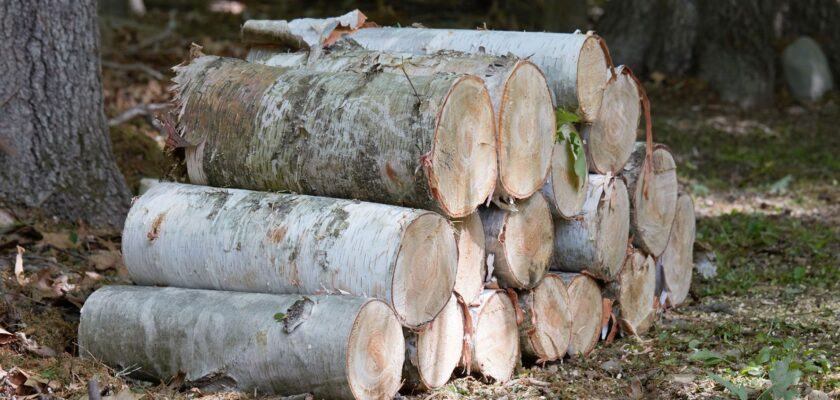When you’re looking to buy firewood, the last thing you want to do is waste your time. You don’t need to guess whether or not a log is good for firewood; you can easily check online. In this blog post, we will show you how to check a log’s quality and determine if it’s good for your fire. By following these simple steps, you can avoid wasting your time and money on poor-quality wood.
Assuming you are looking to burn a fresh log for heat, there are a few things you can check to determine if it is good for the task at hand.
– First, look at the tree from which the log was cut – logs that were taken from older trees will be drier and have more knots than those taken from younger trees.
– Additionally, a log that has been felled recently will have green bark and new growth on the trunk – an old log will have brown bark and dead wood.
– Once you’ve determined the age of the log, inspect its surface – a newly cut or dried-out log will have a smooth surface while an older one will be covered in cracks and crevices.
– Finally, feel the texture of the wood – a fresh log will be soft to the touch while an older one will be harder. If all of these conditions are met, then your freshly cut or dried-out log is likely not suitable for burning as firewood and should instead be used for other purposes such as mulch or animal bedding.
What are the Different Types of Logs?
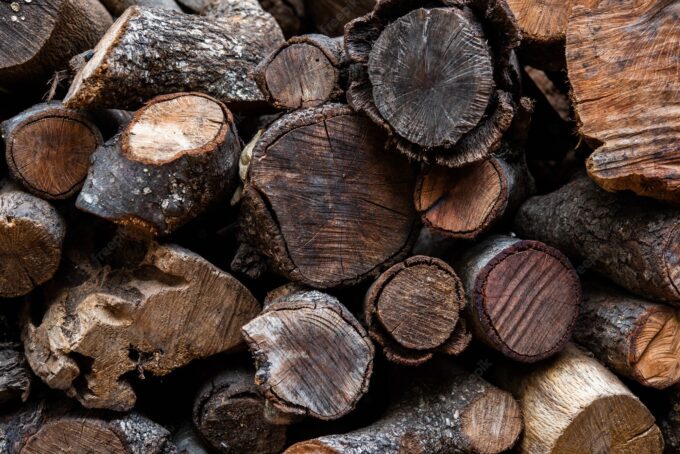
Source:freepik.com
There are a few different types of logs you can use for your next firewood purchase. These include hardwood, pine, spruce, and cedar.
– Hardwood logs are the most popular type because they burn the quickest and give off the most heat. They’re also the heaviest and cost the most per pound.
– Pine logs are a good choice if you’re looking for a moderate amount of heat output and a longer burn time. They’re also fairly light weight, making them easier to move around.
– Spruce logs are perfect if you want high heat output and short burn times. They’re also more expensive than other types of logs, but they’ll last longer than other options.
– Cedar is a great option if you want intense heat and long burn times. However, cedar logs are more expensive than other types of wood and tend to be less durable.
There are three main types of logs used for firewood: green, seasoned, and dry.
– Green logs are the youngest and the softest. They make good starter fires because they are easily ignited, but they don’t produce a lot of heat and don’t last long.
– Semi-dried logs are about halfway between green and seasoned. They have a little more give than green logs, but still offer plenty of firewood flavor.
– Dry logs are the oldest and the hardest. They produce more heat and last longer than either green or semi-dried logs, but they can be a bit harder to start. Firewood delivery companies generally recommend using dry logs for the best results.
How Do You Cut a Log Into Firewood Size?
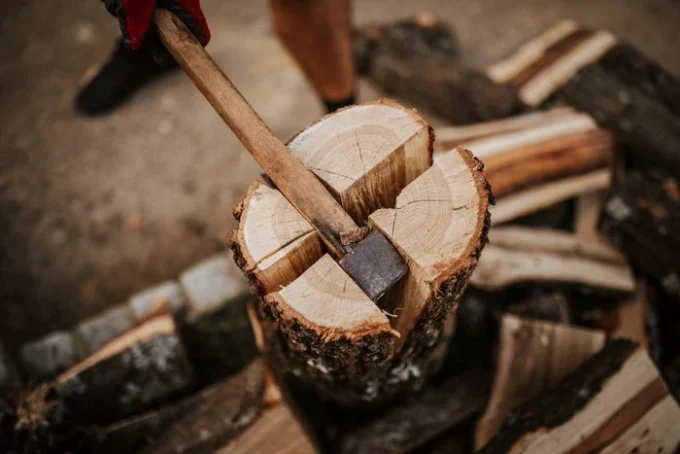
Source:familyhandyman.com
There are a few ways to determine if a log is good for firewood. The first way is to look at the diameter of the log. If the log is more than 12 inches in diameter, it is not good for firewood.
The second way to determine if a log is good for firewood is to look at the length and width of the log. The longer and wider the log, the better it will be for burning because it will give you more wood to heat up.
How to Prepare and Store Logs for Use as Firewood?
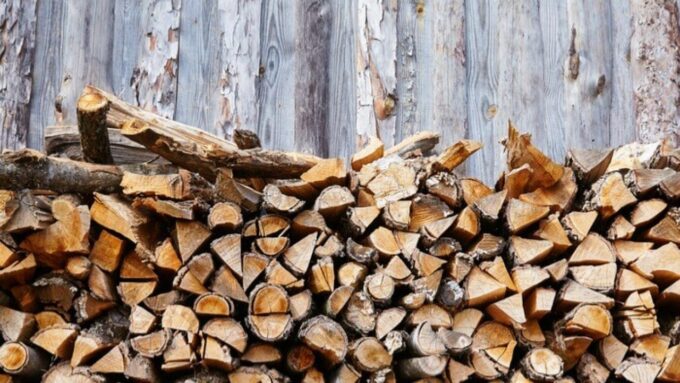
Source:directstoves.com
If you’re looking for logs to use as firewood, it’s important to first determine if the log is good quality. You can do this by examining the log for specific traits. Some of the most common signs that a log is good quality are:
– The log should be round and uniform in shape.
– The surface of the log should be smooth and without any cracks or major imperfections.
– The core of the log should be thick and dense.
When you’re ready to start using your logs as firewood, it’s important to prepare them properly. Follow these tips to ensure that your logs will last and provide you with heat and shelter:
- Make sure your firewood is arranged in a pyramid-shaped pattern. This will help ensure even burning throughout the pile.
- Trim off any branches or other unwanted materials from around the base of the tree before collecting your logs. These materials can cause yourlogs to catch on fire and ruin them prematurely.
- Make sure your logs are completely dry before using them. Wet logs will not burn well and may even cause a fire.
- Use caution when handling your logs. Keep a safe distance from the edges of the pile, as they may be sharp.
How Do You Choose a Good Log for Firewood?
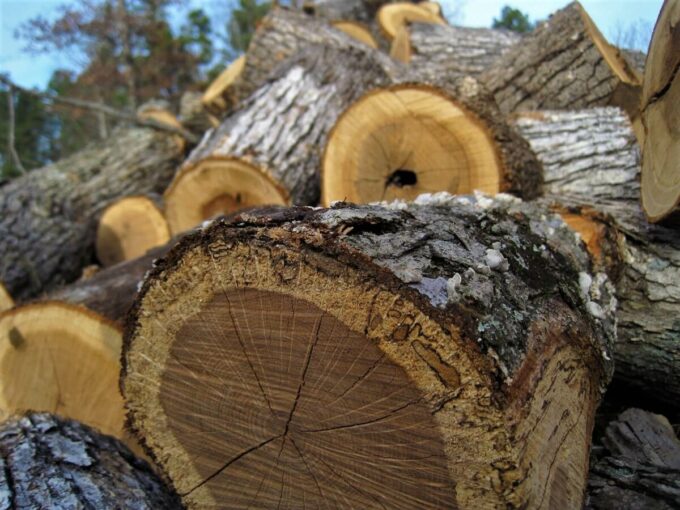
Source:insteading.com
If you’re looking to heat your home this winter with firewood, you first need to find a good log. There are many factors to consider before making your purchase: the size of the log, the type of wood it is made from, and how long it will last before burning. Here are three tips for choosing the best log for your needs:
- Size is key. Make sure you choose a log that will fit comfortably in your fireplace or wood burning stove. The larger the log, the more heat it will generate.
- Consider the type of wood. Firewood is traditionally composed of two types of wood – hardwood and softwood – but there are many other options available today including maple, cherry, oak, birch and pine. Hardwoods like oak and beech burn longer than softwoods like maple and ash, so choose a hardwood if possible.
- Consider how long it will last before burning. A logs lifespan varies depending on its source and quality but on average a good quality piece of firewood should last 12-18 months before needing replacement.
Conclusion
In this article, we have discussed the different types of logs that are good for firewood and how to determine which type is right for you. We have also provided a few tips on how to properly dry and stack your logs so they last for as long as possible. Finally, we have provided some links to helpful sites if you would like to learn more about this topic in greater detail.

